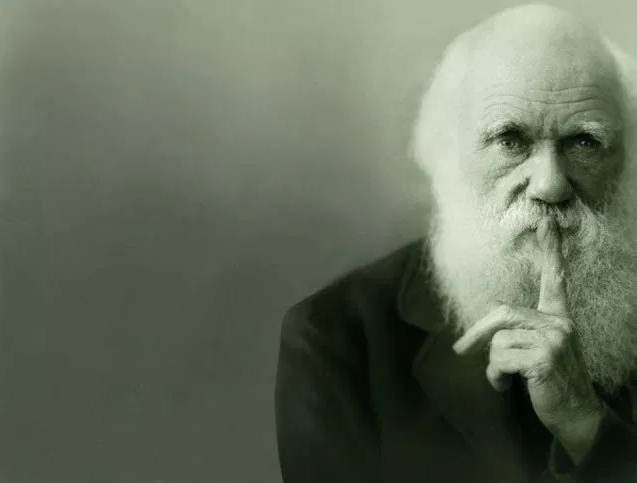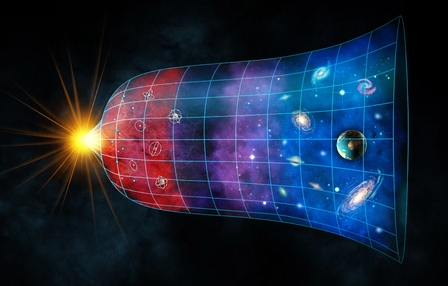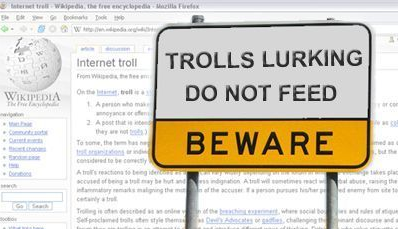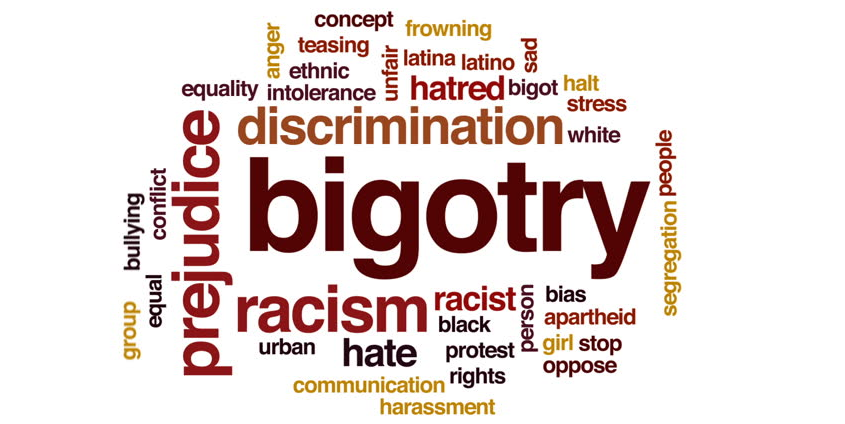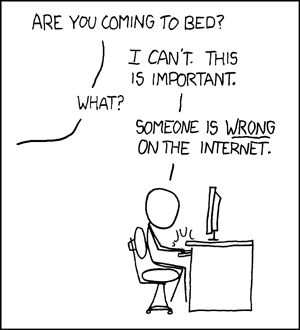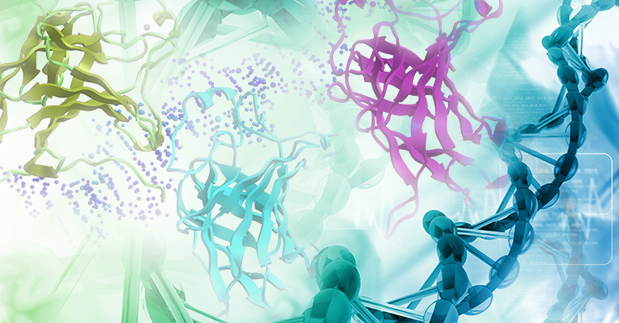
The cataract-ridden public eye
For the average layman science is science; it is the authoritative voice of our collective knowledge as a species, defining the nature of reality, dispelling myth and misconception, and producing a singular, unified, unanimous understanding of the universe. The reality of the situation, it turns out, is something quite different.
We think of science as a systematic approach to observation, hypothesizing, experimentation, and publishing of results. Whilst this naive view might have applied last century, we now find ourselves in a complex ecosystem of ideological power struggles, bureaucracy, and economic incentives to find certain types of results.

Scientific Censorship
Imagine you are a scientist, and you have just made an incredible discovery which suggests that we need to rethink some of our fundamental beliefs. So you collect as much data as you can and carefully prepare a paper to submit to a scientific journal for peer review. You are quite excited about your statistically significant results, and the implications, and so you eagerly await the reaction from your fellow scientists.
The paper then lands on the desk of the editor of the scientific journal. He starts reading, and a frown appears over his face. He skips the the end to read the conclusions. This paper could cause a lot of problems for him, perhaps because of his boss, perhaps because of the readership, or perhaps because of influential people who have a vested interest in the journal. Either way, he cannot possibly publish this article, and so he rejects it before it even can make its way to be peer reviewed.
You receive the rejection. You are stunned, then saddened, and then angered. After a few days you calm down and decide that it is not important, there are other journals whom you can approach to get your research published. Unfortunately, as you soon discover, journal after journal reject your paper. This is not a conspiracy, your findings simply support a sufficiently unpopular opinion that the journals feel uncomfortable to publish.
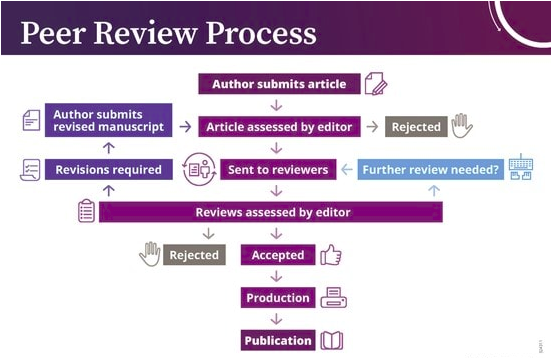
If we consider for a moment the “ecosystem of academic knowledge”, we see that there are significant consequences to this practice. Knowledge can be seen as being created and refined within the universities. From this knowledge, a small portion of this then finds its way into scientific journals in order to disseminate this new information to the rest of the scientific community focusing on that field. A few years later this information might then be part of a meta-analysis hoping to give more credence to the results of individual research through aggregation. Some time may pass, and then the results of the meta-analysis might make its way into a textbook, and start to be consumed by a wider audience. More time passes, and this information starts to influence professional practice (perhaps it is medicine, or psychology, or engineering, or law, etc.). Eventually, if it survives the journey, this knowledge may become part of our collective understanding of the
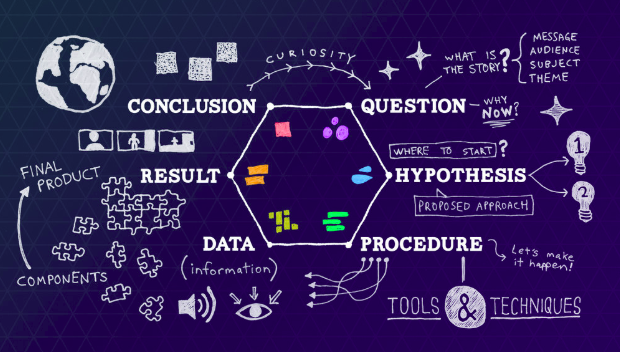
Irritations of the Scientific Method
Sometimes, if research is not contrary to ideological doctrine, but sufficiently shocking, the media might pick up on it. This then immediately is fed into public consciousness in whatever version and form the media agency decides. And this can be extremely dangerous, as in the case of the Lancet retracting a paper suggesting that vaccines cause autism only after this was publicised to the general public as fact.
“How could this be allowed to happen?” you might well ask. Well, an important part of the scientific method is the reproduction of results to confirm the validity of the research. If results cannot be reproduced, then any conclusions based upon this can only be anecdotal at best. Unfortunately, the scientific community is incentivised by the institutions for which they work to produce novel research which is statistically significant. There is almost no incentive for scientists to reproduce results. This leads to a breakdown of the scientific method, and ultimately to the Replication Crisis which exists today.
Because science builds upon itself and makes assumptions that scientific work which was done in the past can be considered axiomatic, there is this veritable house of cards that is constructed. If one card falls, then all research built atop it falls too. Some research suggests that as little as 10% of research is reproducible.
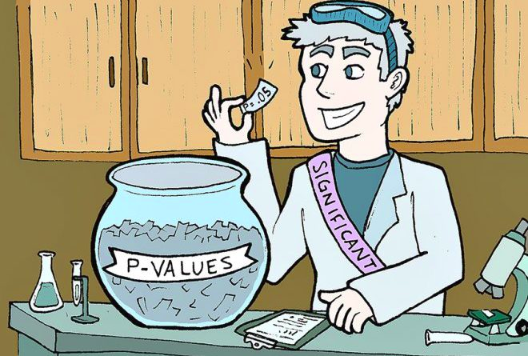
p-Hacking
When time is taken to carefully assess results of research, it is discovered that a disturbing quantity of statistical results are misleading and not representative of the truth, and because of the lack of incentive to reproduce results, this issue is not detected until much later (or not at all). This could be simply due to honest mistakes on the part of the researchers, or as a deliberate attempt to “massage” the data in such a way as to produce statistically significant results; a practice referred to as p-Hacking or data dredging.
While such manipulation of data is highly unethical, it is understandable when one considers that the scientific ecosystem is constructed in such a way as to promote this very behaviour.

Hyper Abstraction
It should be understood that there are varying degrees by which science can depart from reality. At one level, you have the field of Chemistry. Here, scientists analyse properties of elements, atoms and molecules to isolate the fundamental laws governing chemical interactions. This is very close to reality, but not quite reality, as we are discovering in the field of Quantum Mechanics.
There are, however, other areas of research which are quite different, and are based on no such observable phenomena. Take, for example, the attempt by scientists to explain why the universe had such specific starting conditions such as to allow for intelligent life to develop. There is no explanation for why the universal constants are the way they are; even a slight change would result in a fundamental change to chemical properties, with the consequence that stars would not even be able to form. To accept that there is no implicit necessity for this within the laws of nature might suggest the intelligent design of the universe; a thought which is utterly repulsive to most scientists. Thus, there is a desperate attempt to find alternate explanations. These include the concept of parallel universes or the multiverse, where our universe is just one of an infinite number of slightly different universes, and in ours
It is possible to neither prove nor disprove such theories. I would thus suggest that such theories serve no other purpose than self-indulgent denial of the observable evidence.
Concluding Thoughts
All of this is not to say that science is a waste of time, or that it should be rejected. Rather, I think it is very important to have a realistic view of how science operates in order to have the right attitude towards results of research. When assuming that scientific results are absolute truth, it can lead to dangerous situations. Rather, if scientific research is assessed with a healthy dose of
Science plays a crucial role in our society, in providing advances in medical treatments, improving our quality of life, and in understanding the world around us. However, we must all take responsibility for what we choose to believe.



